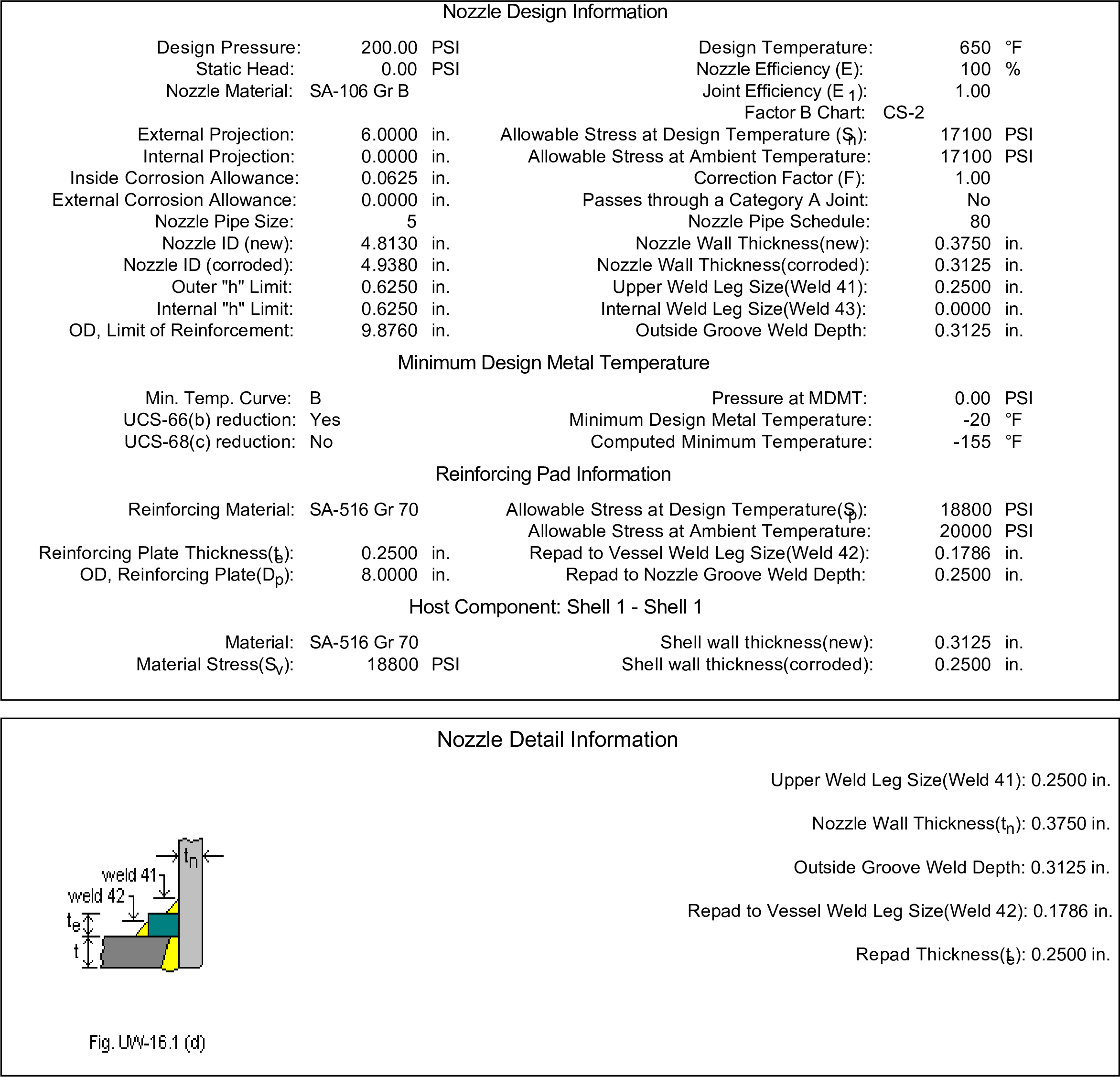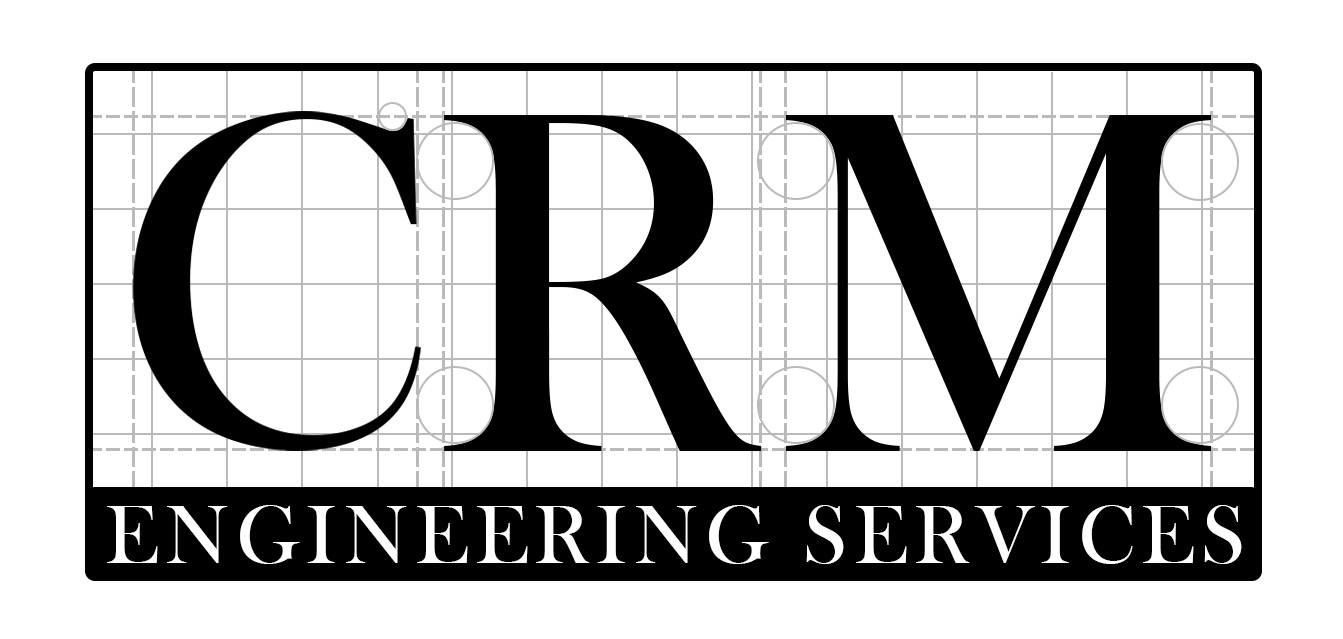
ASME BPVC Section VIII History
The ASME BPVC was created in response to public outcry after several serious explosions in the state of Massachusetts. A fire-tube boiler exploded at the Grover Shoe Factory in Brockton, Massachusetts, on March 20, 1905, which resulted in the deaths of 58 people and injured 150. Then on December 6, 1906, a boiler in the factory of the P.J. Harney Shoe Company exploded in Lynn, Massachusetts. As a result, the state of Massachusetts enacted the first legal code based on ASME's rules for the construction of steam boilers in 1907.
ASME BPVC Section VIII Div 1
Today, the ASME BPVC is very extensive with many sections and both mandatory and non-mandatory appendices. Of particular interest to the designer are divisions 1, 2, and 3. Division 1 is a design-by-rule or design-by-formula approach. While ASME Section VIII, Division 1’s design-by-rule approach is most commonly utilized by engineers to size the pressure vessel according to the application requirements, it is quite a conservative approach. The empirical relations and other mandatory and non-mandatory design criteria often result in an expensive pressure vessel design.
- Pressure typically up to 3000 psig.
- Not much restrictions on materials; Impact Test required unless exempted.
- Design Factor 3.5 on tensile (4 used previously) and other yield and temperature considerations.
- NDE requirements may be exempted through increased design factor.
- Professional Engineer Stamp is usually not required.
- Hydrostatic Test of 1.3 design pressure (1.5 was used before 1999 Addenda)
- U Stamp
An FEA cannot be used to supersede existing rules in ASME Section VIII, Division 1. However, where no Code rules exist for a given situation, an FEA may be required. Article U-2(g) of Division 1 states:
This Division of Section VIII does not contain the rules to cover all details of design and construction. Where complete details are not given, is intended that the Manufacturer, subject to the acceptance of the Inspector, shall provide details of design and construction which will be as safe as those provided by the rules of this Division.


ASME BPVC Section VIII Div 2
ASME Section VIII, Division 2’s design-by-analysis approach requires more detailed calculations than Division 1. Although this may increase the cost of pressure vessel design, it allows pressure vessels to withstand higher stresses.
- Pressure usually 600 psig and larger.
- More restrictions on materials; Impact Test required.
- More stringent NDE requirements.
- Professional Engineer Seal is required for Class 2 vessels.
- Hydrostatic Test of 1.25 design pressure
- U2 Stamp
The 2017 Edition of ASME VIII-2 now divides vessels into two classes, Class 1 and Class 2. The requirements for Class 2 vessels are largely unchanged from the previous 2015 Edition of ASME VIII-2.
- Class 1 vessels use a design margin of 3.0 instead of 2.4. However, most common materials used at typical temperatures do not see a reduction in their allowable stress because of this change. For example, a Class 1 vessel constructed from SA-516 70 at 400 degrees F uses the same allowable stress and requires the same thickness as a Class 2 vessel. The engineering costs to design a vessel for non-cyclic service in Class 1 and Division 1 are similar so it is now less expensive to build many vessels using Class 1 instead of Division 1. Non-cyclic service typically means fewer than 1,000 pressure-temperature cycles; for more exact requirements see Section 5.2.2 for Class 1 or U-2 for Division 1.
- For Class 1, the User’s Design Specification (UDS, received from the owner) needs to be certified by a Registered Professional Engineer only for cases where a fatigue analysis is necessary. Note that reviewing the UDS is still required.
- For Class 1, the Manufacturer’s Design Report (MDR) needs to be certified by a Registered Professional Engineer only if Part 5 is used to design a component not covered by the equations of Part 4 or if a fatigue analysis is necessary. Note that the MDR is still a required document.
ASME BPVC Section VIII Div 3
ASME Section VIII, Division 3 is normally employed for high pressure vessels, usually in excess of 10,000 psig. Using Div 3 will result in lighter vessels than when the vessel is designed by Div 1 or 2 but at a higher design cost.
- No limit on pressure.
- Elastic/plastic analysis.
- Fatigue analysis required.
- Fracture mechanics evaluation required unless proven leak-before-burst.
- Residual stresses may become significant (e.g autofrettage).
- Professional Engineers' Certification of User's Design Specification as well as Manufacturer's Design Report.
- Professional Engineer shall be experienced in pressure vessel design
- Professional Engineer shall be experienced in high pressure vessel design and shall not sign for both User and Manufacturer.
